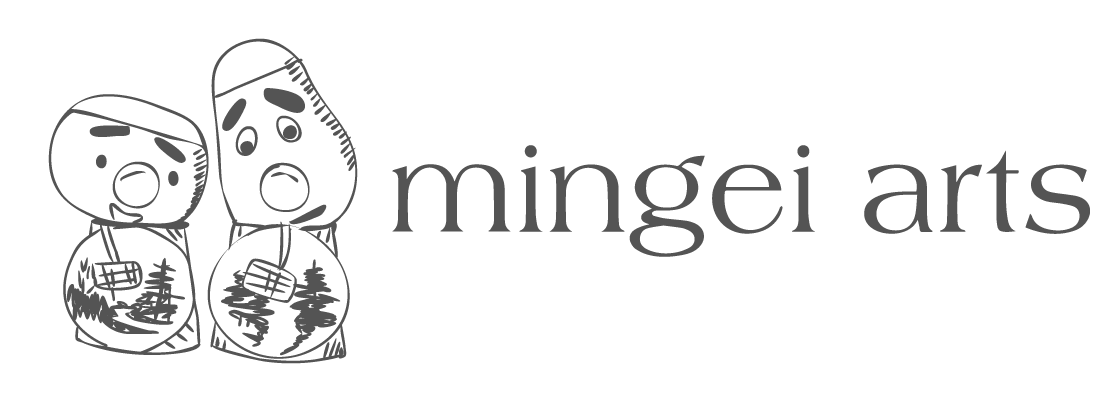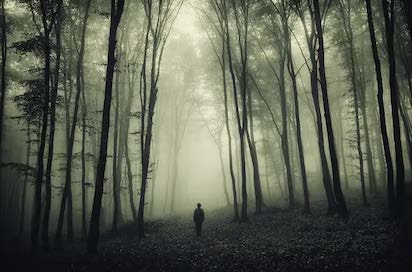We wanted to share a wonderful educational experience and exchange with the Fresno Betsuin Buddhist Temple School in Fresno California that enriched our professional lives. As noted by the Director regarding our first Book entitled, Kokeshi: Wooden Treasures of Japan, it brought to life the awareness of the cultural significance of this wooden lathe-turned-doll and how these beautiful forms became an important part of the Japanese cultural learning experience. Our thanks to Patti Bungo who along with her committee of four established a Gakko theme entitled: Kokeshi and Bamboo highlighting this exciting endeavor for all ages.
As we reference throughout Mingeiart Browse & Learn section, Kokeshi are wooden dolls whose modern history begins in the later part of the Edo Period (1603-1867), originating in Northern Japan, home to hot springs and stimulating spas. Kokeshi dolls were first created by the parents of peasant farm workers as a means to foster creativity and cultural awareness for their community children. Later, Kokeshi was created by local wood cravers (Kiji-ki) during the slow winter work periods, and sold to Japanese visitors vacationing at the local hot springs. Parents additionally would bring souvenir dolls back from their yearly vacation to the resort towns to educate children and support this small exchange focused on the diversity throughout this small island. Parents additionally would bring souvenir dolls back from their yearly vacation to the resort towns to educate children and support this small exchange focused on the diversity throughout this small island.
In the beginning, dolls were simple hand-carved three-dimensional forms, and later through further cultural learning, emphasized local customs, nature, and daily dress, illustrating colorful, bright kimonos and outerwear exhibiting unique traditional regional motifs. Children learned that the original dolls were made to emphasize happiness while others unapproachable looks had little facial expression other than the indication of eyes, nose, mouth, and hair. For this reason other than Traditional Family dolls, the color and ornamentation did not look alike, although they had one common characteristic they all shared with the original Kokeshi, they were limbless and solely emphasized a cylindrical body and round head. Kokeshi seen throughout history are not just artistic expressions of Japanese culture but whimsical, colorful and fun wooden forms treasured and still collected today. Girls throughout history traded dolls and Kokeshi mailers with other girls daily and during the March celebration of Girl’s Day (Hinamaturi).
We understand how important this experience was because after the war the Japanese generations shut down and did not share much about their transition to America, or present and past customs and lifestyle. Children because of extreme prejudice were taught to be American and not Japanese. So this created a large gap in learning about the past, and this endeavor helped connect those generations of families with inquisitive children. This creative endeavor was so successful that it asked each child to talk with generational family members and glean what was meaningful from that discussion to form the basis of their own Kokeshi design. There is not much beyond this introduction to share except the unique forms created by grade school children, (Kindergarten through eighth grade) based on their perspective fostered through their own family experiences passed down from one generation to the next, bringing home the importance of family tradition. Every submittal was exceptional and extremely sensitive but we had to select a small number of these creative objects, each having an aesthetic uniqueness as well as incorporating their family crest (Mon) and a Haiku sharing their expressions.
We invite you to enjoy a quick look at this diverse exhibition of experience and expression representing all ages.




